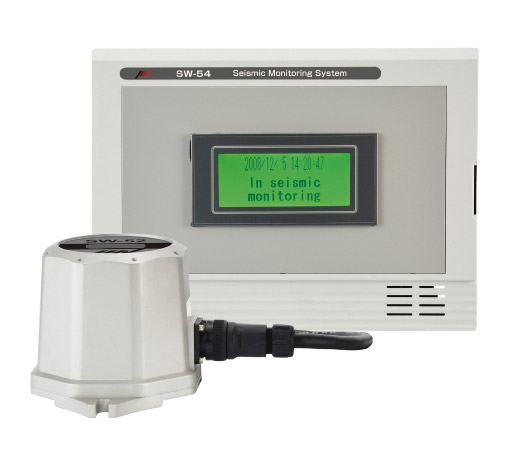Image Source: Google
In recent years, the frequency of earthquakes around the world has increased significantly. These natural disasters can strike at any moment, leaving devastating effects in their wake.
To mitigate risks and ensure your safety, staying informed and having access to real-time data is crucial. One effective way to achieve this is through an affordable seismic monitoring system. This article will explore the benefits of such a system and how it can help you stay safe and informed during seismic activities.
The Importance of Seismic Monitoring
Seismic monitoring involves the detection, recording, and analysis of seismic waves caused by earthquakes, volcanic eruptions, and other geological activities. By continuously monitoring seismic activities, scientists can:
Early Warning Systems
- Provide early warnings to communities at risk of an impending earthquake.
- Trigger automated responses, such as shutting down critical infrastructure to prevent damage.
- Give individuals time to take cover and protect themselves during a seismic event.
Risk Assessment
- Assess the risk of potential earthquakes in a specific region based on historical data and current seismic activity.
- Help urban planners and engineers design buildings and infrastructure that can withstand seismic forces.
- Enable emergency responders to prepare for the potential impact of a seismic event.
Features of a Seismic Monitoring System
A seismic monitoring system consists of various components that work together to detect and analyze seismic activity. Some key features of a modern seismic monitoring system include:
Seismic Sensors
- Seismic sensors are placed underground to detect ground motion caused by seismic waves.
- Multiple sensors are deployed to triangulate the epicenter of an earthquake accurately.
- Advanced sensors can detect even minor tremors that may precede a larger earthquake.
Data Acquisition System
- Collects data from seismic sensors in real-time and transmits it to a central monitoring station.
- Utilizes advanced algorithms to filter out noise and identify genuine seismic signals.
- Ensures that data is processed quickly to provide timely alerts and warnings.
Monitoring and Analysis Software
- Processes seismic data to determine the location, magnitude, and depth of an earthquake.
- Generates seismic event reports that are shared with relevant authorities and the public.
- Allows scientists to study seismic patterns and trends for forecasting purposes.
Benefits of Using a Seismic Monitoring System
Implementing a seismic monitoring system offers a wide range of benefits for individuals, communities, and governments. Some of the key benefits include:
Early Warning and Rapid Response
- Receive early warnings of an impending earthquake, giving you precious seconds to take cover or evacuate.
- Enable emergency responders to mobilize quickly and provide assistance to affected areas.
- Minimize casualties and injuries by ensuring a rapid and coordinated response to seismic events.
Public Awareness and Education
- Increase public awareness about earthquake risks and safety measures through regular updates and alerts.
- Educate communities on how to prepare for and respond to seismic events, reducing panic and confusion.
- Empower individuals to take proactive steps to safeguard their homes and families in the event of an earthquake.
Scientific Research and Monitoring
- Collect valuable data on seismic activities to improve our understanding of earthquake processes.
- Monitor fault lines and seismic hotspots to identify potential risks and vulnerabilities.
- Conduct research on earthquake prediction and early warning systems to enhance preparedness efforts.
Conclusion
As earthquakes continue to pose a significant threat to communities worldwide, investing in a reliable seismic monitoring system is essential for staying safe and informed. By leveraging advanced technology and real-time data, these systems play a crucial role in early warning, risk assessment, and emergency response during seismic events.

